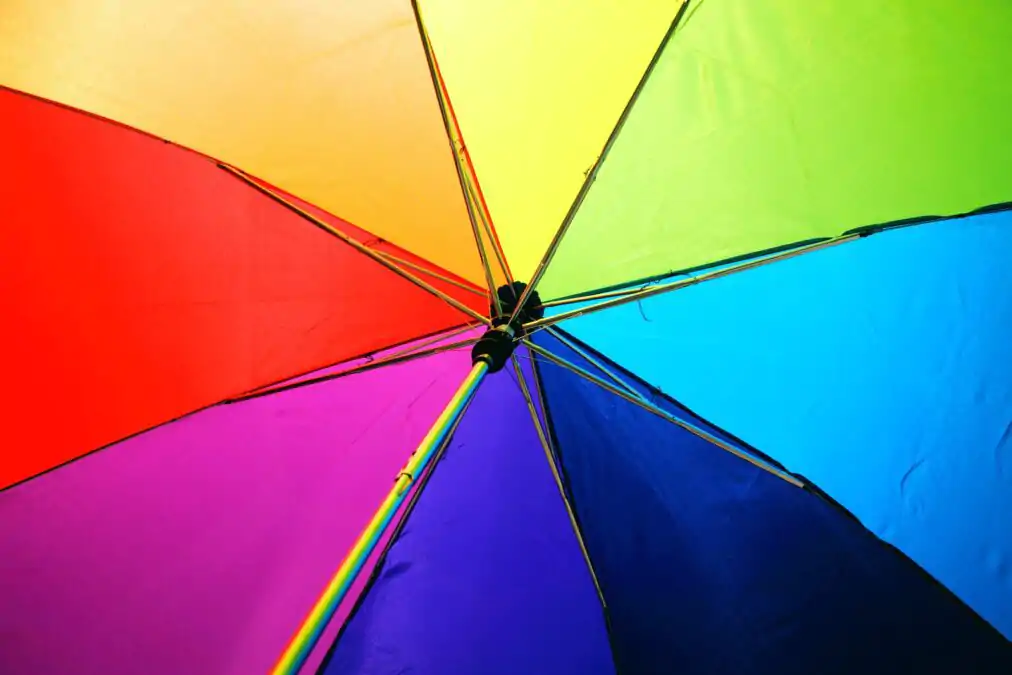Hello, everyone! Welcome to our Basic Science class for Primary 1. In our previous lesson, we learned about Meaning, sources & Uses of water, and today, we’re learning about the vibrant world of colours!
Lesson Objectives
By the end of this lesson, you will be able to:
- Understand what colours are and why they’re important.
- Identify primary, secondary, and tertiary colours with examples.
- Use a colour chart to explore different colours.
- Find and classify materials of various colours around you.
Let’s start our exciting lesson on colours!
What is Colour?
Colour is what we see when light reflects off objects. It’s what makes things look red, blue, yellow, and more!
Types of Colours
- Primary Colours: These are red, blue, and yellow. They are like the building blocks of all other colours. You can’t mix other colours to make them.
- Examples: A fire truck is red, the sky is blue, and bananas are yellow.
- Secondary Colours: These are green, orange, and purple. They are made by mixing primary colours together.
- Examples: Grass is green (blue sky and yellow sun), oranges are orange (red and yellow), violets are purple (red and blue).
- Tertiary Colours: These colours come from mixing a primary colour with a secondary colour next to it on the colour wheel.
- Examples: Turquoise (blue and green), magenta (red and purple), and amber (yellow and orange).
Using the Colour Chart
A colour chart helps us see how colours mix together and what new colours they make. It’s like a map that shows us all the different colours!

Primary Colours:
- Red
- Blue
- Yellow
Secondary Colours:
- Red + Blue = Purple
- Red + Yellow = Orange
- Blue + Yellow = Green
Tertiary Colours:
- Red + Purple = Red-Purple (Magenta)
- Red + Orange = Red-Orange
- Yellow + Green = Yellow-Green
- Yellow + Orange = Yellow-Orange
- Blue + Green = Blue-Green (Cyan)
- Blue + Purple = Blue-Purple
This chart helps understand how primary colours combine to form secondary colours, and how mixing primary and secondary colours can create tertiary colours.
Finding Colours Around Us
When you look around your classroom or outside, you can you find something red, blue, yellow, green, orange, purple, turquoise, magenta, or amber. this is because light is reflecting on them. But when its dark or at night, you’ll discover that itis hard to tell or even see the colour of objects around. This is due to the absence of light. So, no light = no colours!
Quiz & Evaluation
Let’s see how much you’ve learned, complete this quiz to test your knowledge.
Question 1: What are the primary colours?
Sources
To learn more about colours, you can visit these websites:
Thanks for sticking around for this lesson, see you in the next lesson and don’t forget to like and comments below!









